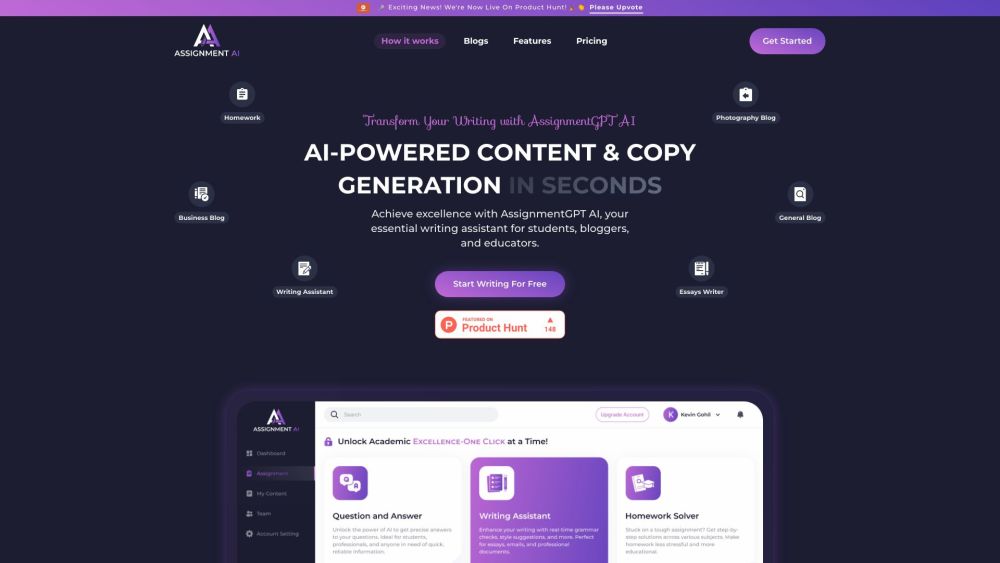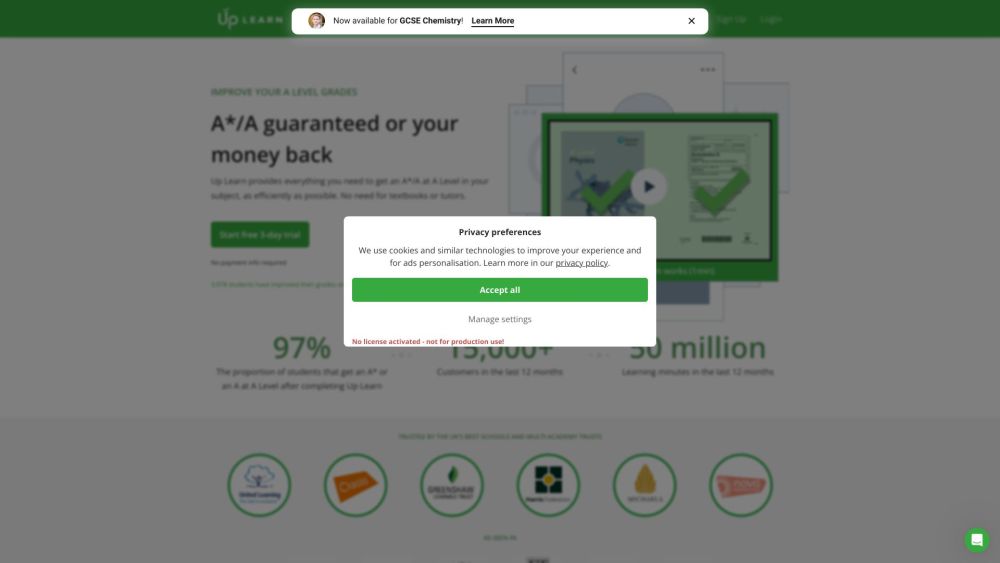OpenAI has skyrocketed to fame with ChatGPT, with every move closely scrutinized. However, the company now finds itself locked in a tough battle for profitability. Despite its best efforts to rush toward financial success, the reality has dealt OpenAI a harsh blow, as its ChatGPT Pro subscription service continues to "bleed" money. The subscription, priced at a hefty $200 per month, promises an array of premium features, including the elusive "reasoning" model, packaged as a luxurious product suite. Initially, it seemed like a cash cow, but it has turned into an expensive drain on resources.
Sam Altman, OpenAI's CEO, has publicly expressed his frustration on social media, admitting that the company is currently in the awkward position of "losing money while gaining attention" with these subscription services. The reason, he reveals, is that users are far more enthusiastic about ChatGPT than expected, with usage rates that are off the charts. While Altman doesn’t go into specifics about the exact reasons for the losses, it's clear that the high cost of operating the AI infrastructure—essentially a "money-eating monster"—is a major factor. After all, powering these sophisticated AI models requires an immense amount of energy, and building and maintaining the data centers is a costly affair. The costs are so high that they can hardly be ignored.
Looking at the data, we get a clearer picture. Back in the spring of 2023, analysts pointed out that OpenAI was burning about $700,000 a day just to keep ChatGPT up and running, with an average cost of 36 cents per query. While that figure was already astonishing, no one could have predicted that today, the cost per query for OpenAI’s most advanced models would skyrocket to a staggering $1,000! This is an exponential increase that parallels the growing intelligence of the system. As the system becomes more capable, operational costs rise along with it, presenting a huge challenge in terms of product pricing. It’s like trying to tie a knot in a balloon that’s constantly expanding—no matter how you do it, it doesn’t feel quite right.
Although OpenAI now boasts around 10 million paid subscribers, which looks impressive at first glance, this revenue is barely enough to cover the astronomical operating costs. According to insiders, OpenAI is expected to lose as much as $5 billion in 2024—far more than its annual revenue of $3.7 billion. This massive gap is concerning, highlighting just how difficult it is for OpenAI to break even or turn a profit.
Capital Needs and Future Plans
In the face of this daunting challenge, OpenAI's board acknowledged in a year-end blog post that the company’s hunger for funds is now more urgent than ever—akin to a parched land yearning for rain. Just months ago, OpenAI secured over $6 billion in funding, expecting that it would provide some relief. Yet, so soon after, the company finds itself facing yet another "capital shortage." The board's message is clear: "We’ve once again realized that the money we have is far from enough, and we need to bring in more. Investors are willing to help, but to meet the vast funding needs, we’ll have to follow traditional equity structures rather than relying on flashy, complex financial arrangements."
Internally, OpenAI has also discussed raising the price of its standard ChatGPT subscription. At just $20 per month, it looks modest compared to the immense operating costs. However, even if they raise the price, such a move likely won’t be enough to keep up with the soaring energy demands of the system. And it’s doubtful that a simple price increase would attract the type of new customers needed to significantly change the financial picture.
OpenAI’s struggle for profitability is a microcosm of the broader challenges facing cutting-edge AI companies. While the technology is undeniably transformative, the costs of developing, maintaining, and scaling it are massive. The company must navigate the delicate balance between innovating and sustaining its operations financially.






